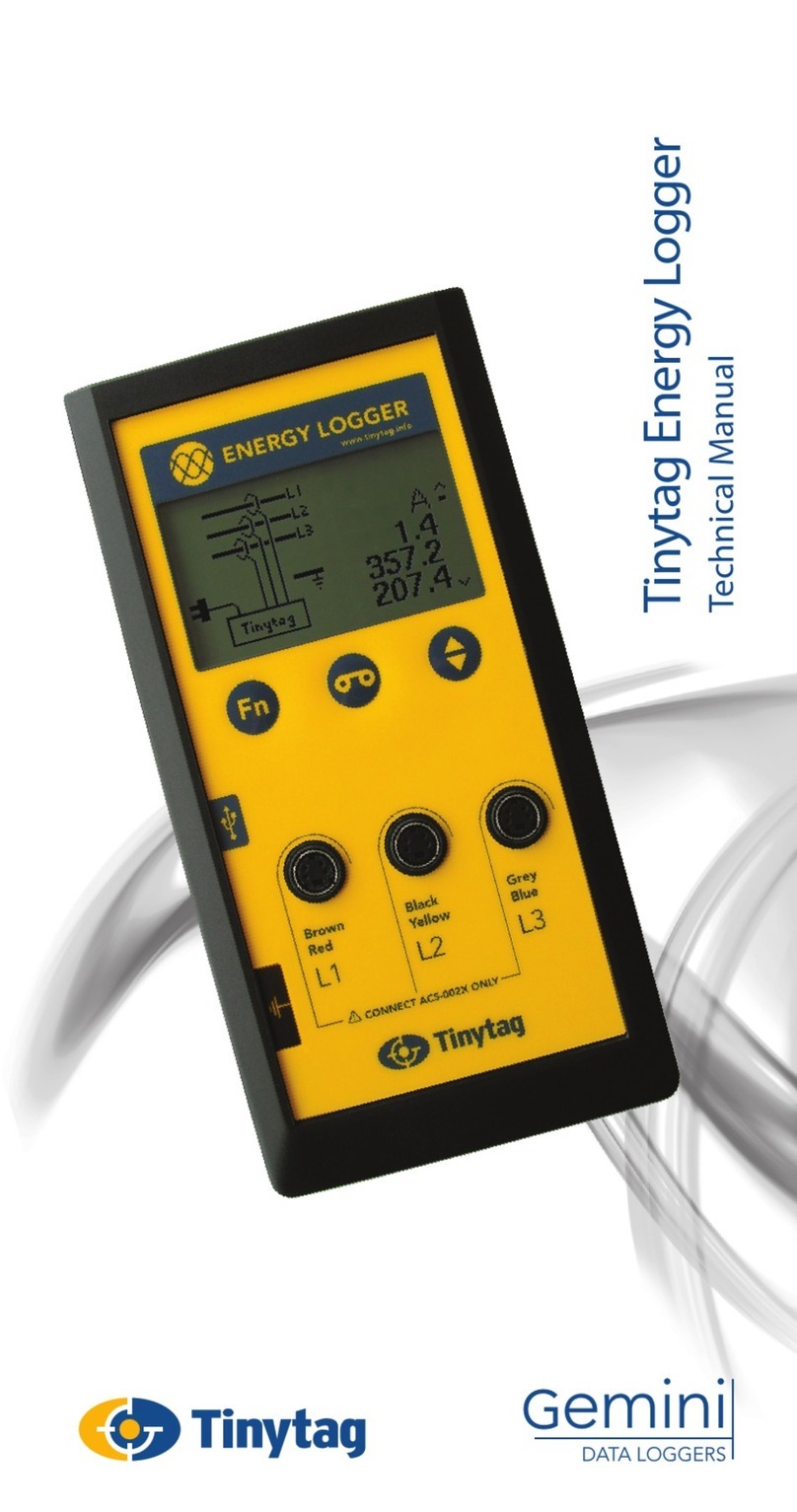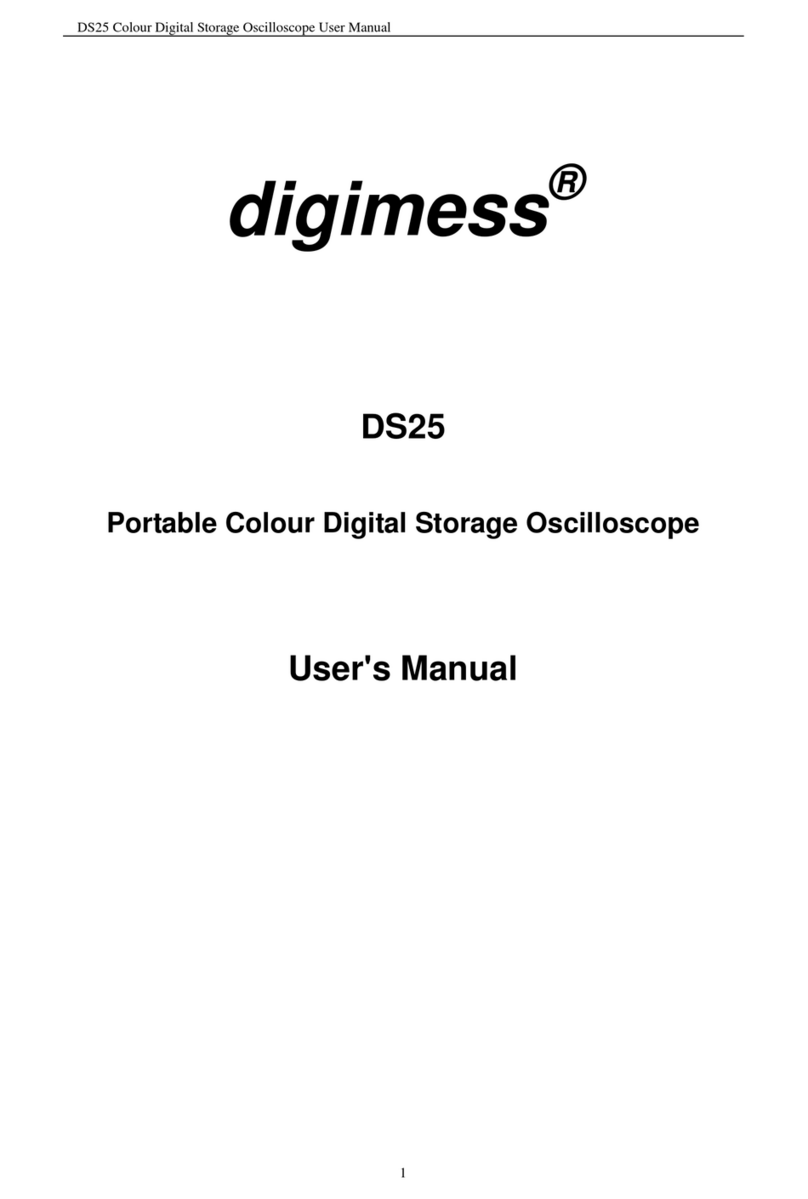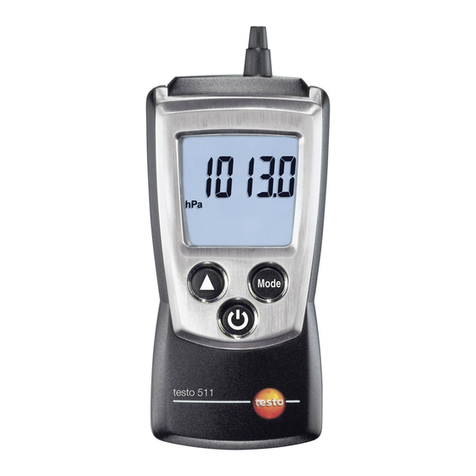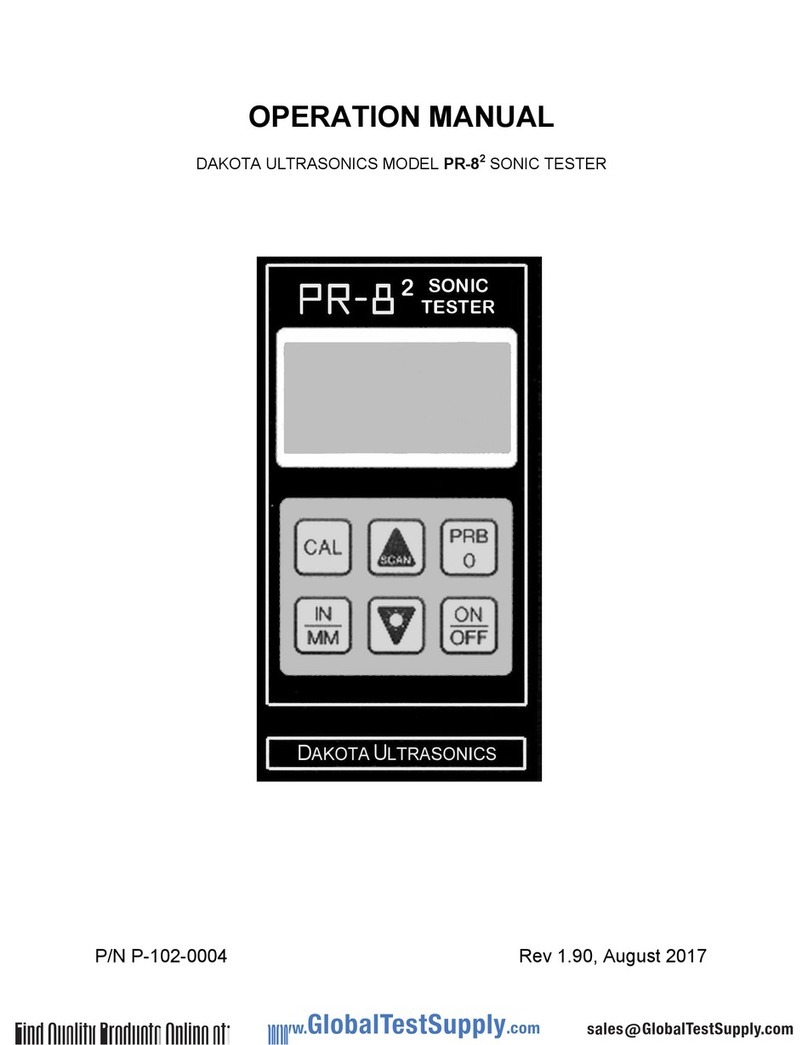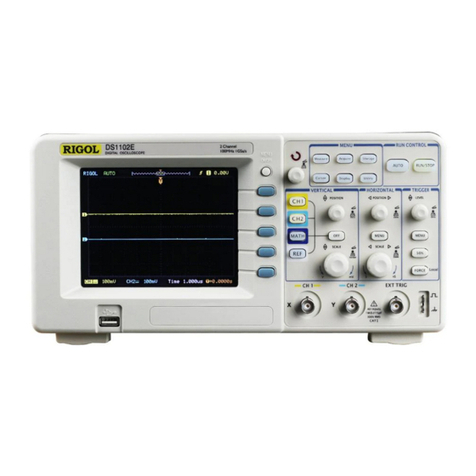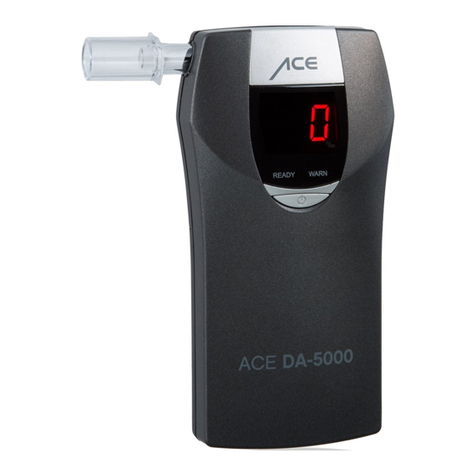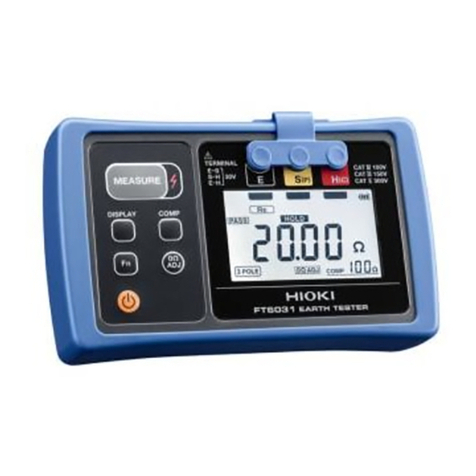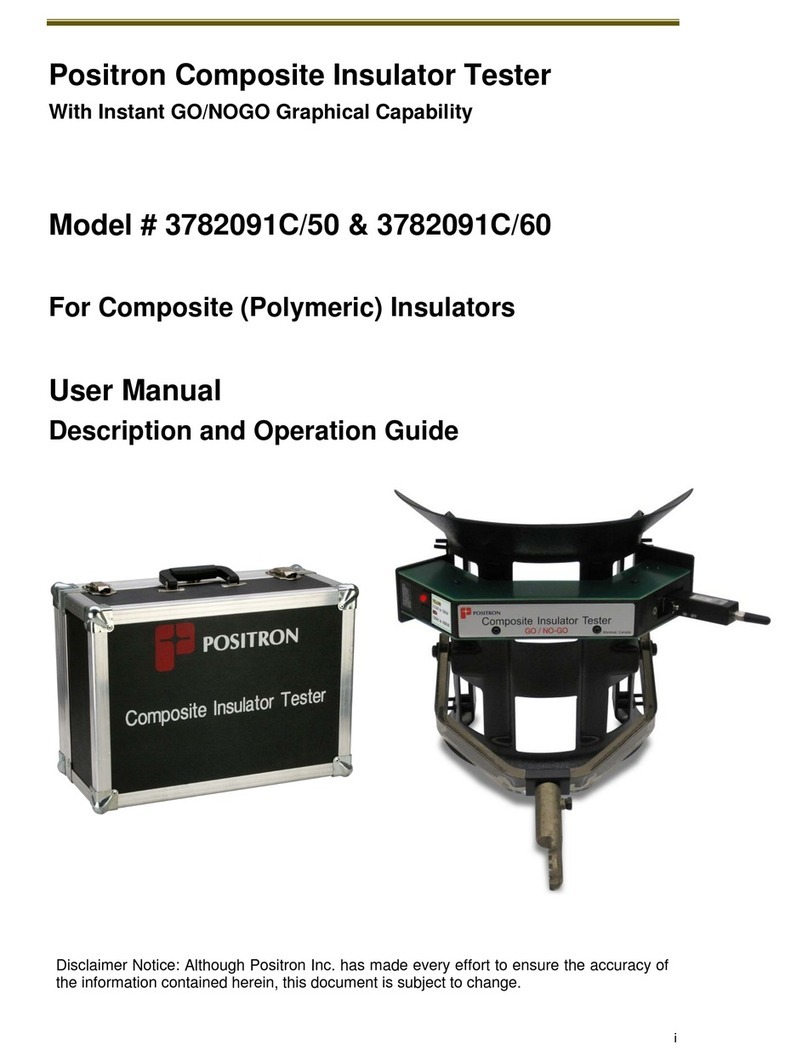Gemini Tinytag TGE-0003 User manual

Tinytag Energy Logger
Technical Manual

02

01 Contents 03
02 Warnings and PAT Testing Instructions 04
03 Introduction 06
04 In the Case 07
05 Controls and Connections 08
06 Logger Display 09
07 Logger Markings 10
08 Quick Start 12
Modes of Operation:
09 Single Phase Current 14
10 Three Phase Current 15
11 Single Phase Current and Voltage 16
12 Three Phase Current and Voltage 17
12.1 Positioning Coils 19
12.2 Screen Messages 22
12.3 Manual Conguration 24
13 Data Logging 27
14 Tinytag Explorer 28
15 What Does the Logger Record? 34
16 How the Energy Logger Works 36
17 Logging Specication 38
18 Measurement Specication 39
19 Physical Specication 40
20 Maintenance and Service Instructions 41
21 Battery Information 42
22 Approvals and Warranty 43
Contents
03

Important Safety Information. Read the following warnings
carefully before installing or operating the Energy Logger.
• The logger must only be used as intended and in accordance
with the instructions in this manual. Failure to do so may
impair the safety features of the logger.
• Never attempt to use the logger or accessories if they appear
to be damaged or malfunctioning. Disconnect the mains
supply and contact your supplier.
• The logger is for indoor use only. Do not use in damp or wet
environments.
• Installation of this logger may expose the operator to
hazardous voltages. If in doubt, refer to a qualied electrician.
• The mains input of the logger (see page 6) must only be
connected to an AC mains socket using the supplied lead. Do
not exceed the maximum rated input voltage for the logger.
• The current measurement inputs must only be connected
to approved exible coil current transducers, Gemini part
number ACS-002X. Any other type of connection may
damage the logger and expose the user to hazardous
voltages.
• An earthed mains connection is required for correct
operation, not for device safety.
• When changing batteries, make sure the mains lead is
removed from the logger.
• Only use 4 x Alkaline AA batteries, observing the correct
polarity.
• The logger must only be operated with the battery cover
tted.
• The logger contains no user-serviceable parts. Do not
open (except to remove the battery cover when replacing
batteries).
• The logger contains hazardous voltages and a lithium battery.
Servicing must be carried out by an authorised service centre
only. Please contact your supplier for further information.
02 Warnings & PAT Testing Instructions
04

• This equipment should be used within the temperature range
and other environmental conditions specied in this manual.
• Voltage Range 230V ±10%
• Mains Transient Overvoltage Category II, 2.5kV
• Measurement Category IEC61010: 2001 CAT II
• Operating Temperature 0 to +50°C
• Maximum RH 95% (non-condensing)
• Maximum Altitude 3000m
This logger is tted with a magnet.
• Keep away from pacemakers
• Keep away from iPods and hard drives
• Keep at least 10mm from credit cards
If the magnet is removed from the logger:
• There is a danger it will shatter if it makes a sudden contact
with a hard surface.
• Keep away from children, this magnet is not a toy.
Portable Appliance Testing - Flash Test
• Do not Flash Test this product at more than 3000v RMS.
• Due to EMC ltering components within the product, the
leakage current at the ash test voltage may be up to 10mA &
register as a fail on some PAT testers.
05

The Tinytag Energy logger combines the level of performance
required by experts with the level of simplicity required by those
that are new to energy management.
The logger is ideal for monitoring building energy supply,
sections within a building or individual pieces of equipment.
Data from the Tinytag Energy Logger can be used to identify
power-hungry or inecient equipment and peak load times,
and can highlight equipment that is left powered up or idling
unnecessarily.
The Tinytag Energy Logger provides visibility of energy usage so
that eective measures can be taken to reduce electricity bills,
lower carbon footprint and improve environmental performance.
• Simple to use
• High accuracy
• Non-invasive
• Small size/lightweight
• Reduce energy costs
• Reduce carbon foot print
• Can be used straight out of the box
• Track down inecient pieces of equipment
03 Introduction
06
Warning!
Text marked with this symbol is important
information, vital to the correct and safe
usage of this data logger. Please read these
warnings carefully.
Disclaimer
The information presented in this document has been carefully
checked for reliability; however, no responsibility is assumed
for inaccuracies. The information in this document is subject to
change without notice.

04 In the Case
07
The following items are supplied in the carry case:
• 1 x Tinytag Energy Logger
• 3 x Clip on coils
• 1 x Tinytag Explorer software
• 1 x UK mains lead
• 1 x EU mains lead
• 1 x USB cable
• 1 x User Manual

05 Controls and Connections
08
3
4
1
5
2
1. PC interface connection (USB “B” Socket)
2. Mains input
3. Display
4. Control buttons
5. Coil connections (for ACS-002X coils)
Buttons
Function: Allows you to step through the dierent
wiring congurations the logger supports
Record: Starts and stops the
data logger recording
Scroll: Allows you to scroll through current,
voltage and power readings from the logger

06 Logger Display
09
1
2
3
1. Wiring Conguration
This shows the dierent wiring congurations supported by the
logger. To step though them, press the Function button.
2. Prompts and Error Messages
When a wiring conguration is selected, the logger will show
prompts in this area of the display to tell the user what needs to
be plugged in next. This area of the display is also used to display
error messages.
3. Current Readings
Current, voltage, power and power factor information is displayed
here. To step through them, press the Scroll button.

07 Logger Markings
10
CE
This equipment meets the requirements of
the EMC Directive and Low Voltage Directive
of the European Union.
A Declaration of Conformance for this product
is available upon request, please contact your
supplier for further information.
WEEE
Data loggers, accessories and batteries should
be disposed of at organised facilities, where
available, in line with local regulations.
In accordance with the WEEE directive Gemini
Data Loggers (UK) Ltd. will take back and
dispose of any equipment purchased directly.
Equipment not purchased directly should be
returned to the point of sale for disposal.
WARNING!
Observe the text of any warning messages
associated with this symbol.

11
USB CONNECTION
Indicates the position of a USB B socket, on the
side of the logger, to connect it to a computer
to congure and recover data from it.
EARTH
Indicates the position of the logger’s earth
connection.
MAGNET
This product is tted with a strong magnet
to attach the unit to panels whilst in use. This
symbol on the back of the logger indicates
where the magnet is positioned. Observe the
warnings on page 4 of this manual.

08 Quick Start
12
Starting an Energy Logger
1. Insert the supplied batteries in logger, observing the correct
polarity.
2. Press any of the loggers three buttons to wake it up.
Select the wiring conguration to be monitored
by pressing the function button.
3. Follow the on-screen prompts and plug in the current coils
and mains lead as directed.
4. Clip the current coils around the appropriate conductors. The
logger will self congure.
• If monitoring three-phase current and voltage, adjust the
position of the coils if directed to do so (see page 17 for
further information).
5. Read values directly from the logger’s display,
pressing the scroll button to view dierent
properties.
Or
6. Press the data logging button to start it
recording.
Viewing Recorded Data
• Follow the Instructions supplied with the Tinytag Explorer
software to install the software and USB cable.
7. Connect the logger to the computer using the USB cable.
• Click the Get Data button in the software.
For more in-depth information on all of the above, please see the
following pages.

13
1
3
4
6
2
3
5
7

Instructions
• Select the wiring conguration to be monitored
by pressing the function button.
• Follow the on-screen prompt and plug in the L1 coil.
• Clip the coil around the correct conductor.
• Wait for the logger to complete a self check.
• Read current from the screen.
Data Logging
• Press and hold the Record button until the logger
conrms it is recording.
09 Modes of Operation:
Single Phase Current
14
Set-up
For monitoring single-phase current where no mains connection
is available.
In this mode the logger will be powered by its batteries, and will
be able to log for a minimum of two months.

Instructions
• Select the wiring conguration to be monitored
by pressing the function button.
• Follow the on-screen prompt and plug in the L1, L2 & L3 coils.
• Clip the coils around the correct conductors.
• Wait for the logger to complete a self check.
• Read currents from the screen.
Data Logging
• Press and hold the Record button until the logger
conrms it is recording.
10 Modes of Operation:
Three Phase Current
15
Set-up
For monitoring three-phase current where no mains connection
is available.
In this mode the logger will be powered by its batteries, and will
be able to log for a minimum of two months.

Instructions
• Select the wiring conguration to be monitored
by pressing the function button.
• Follow the on-screen prompt and plug in:
• The mains cable.
• The L1 coil.
• Clip the coil around the correct conductor.
• Wait for the logger to congure.
• Read values from the screen, pressing the scroll
button to step through the current, voltage and
power readings.
Data Logging
• Press and hold the Record button until the logger
conrms it is recording.
11 Modes of Operation:
Single Phase Current and Voltage
16
Set-up
For monitoring single-phase current with a voltage reference.
In this mode the logger will be powered from the mains, and will
be able to log for six weeks before it lls its memory at the default
ve minute logging interval.

Instructions
• Select the wiring conguration to be monitored
by pressing the function button.
12 Modes of Operation:
Three Phase Current and Voltage
17
Set-up
For monitoring three-phase current with a voltage reference.
In this mode the logger will be powered from the mains, and will
be able to log for six weeks before it lls its memory at the default
ve minute logging interval.
Before logging is started, the logger is in a set-up mode where
it automatically matches the voltage measurement against the
three current measurements.
Coil positioning is particularly important to allow this automatic
set-up to complete. See page 20 for examples, and follow the
prompts on the display.
Automatic set-up is complete once the prompts disappear;
recording can then be started.
Once recording, the position of the coils is no longer as important
and provided they remain around the conductors they were
congured to, the logger will measure correctly.
• Follow the on-screen prompt and plug in:
• The mains cable.
• Coils L1, L2 & L3. CONTINUED OVERLEAF

12 Modes of Operation:
Three Phase Current and Voltage (cont.)
18
Set-up (cont.)
• Clip the coils around the correct conductors. For
recommendations on coil positioning, see page 20.
• Wait for the logger to complete a self check, adjusting the
position of coils if prompted. For information on screen
messages, see page 20.
• In the event that the automatic conguration fails, the logger
can be congured manually. For information on manually
conguring the data logger, see page 24.
• Read values from the screen, pressing the scroll
button to step through the current, voltage and
power and power factor readings.
Data Logging
• Press and hold the Record button until the logger
conrms it is recording.

12.1 Modes of Operation:
Three Phase Current and Voltage
19
Positioning Coils
Automatic Conguration
Before logging can be started the logger has to determine which
current phase the voltage reading is being derived from.
For the automatic conguration to work successfully, the current
coils need to be separated correctly.
Connecting Coils
The three supplied coils are interchangeable and can be plugged
into any socket (they are not calibrated to a specic socket or
phase).
Ensure, where possible, that coils are connected around
the correct conductor, pairing any colour indicators on the
conductors with the appropriate socket on the logger.
The orientation of the coil, with regard to the direction of the
current ow, is not important and coils can be connected around
a conductor either way around.
On the following page is a table oering some guidance on good
and bad coil positioning for the set-up.
Once the logger has congured itself, and logging has started, the
coils simply need to be kept around the correct conductor.
If Automatic Detection Fails
If the logger cannot automatically congure it will display
prompts to guide the user what to do (see page 24).

12.1 Modes of Operation:
Three Phase Current and Voltage
20
Positioning Coils
Care should be taken when positioning coils during the set
up of the logger to ensure they are well spaced, don’t overlap
or are placed too closely to neighbouring conductors. Poor
positioning of coils can prevent the logger conguring
automatically.
If the conductors are close together, coils can be angled around
conductors.
The coil around the blue conductor is too close to the yellow
conductor. Ensure that coils are not positioned too closely to
neighbouring conductors.
Table of contents
Other Gemini Test Equipment manuals
Popular Test Equipment manuals by other brands
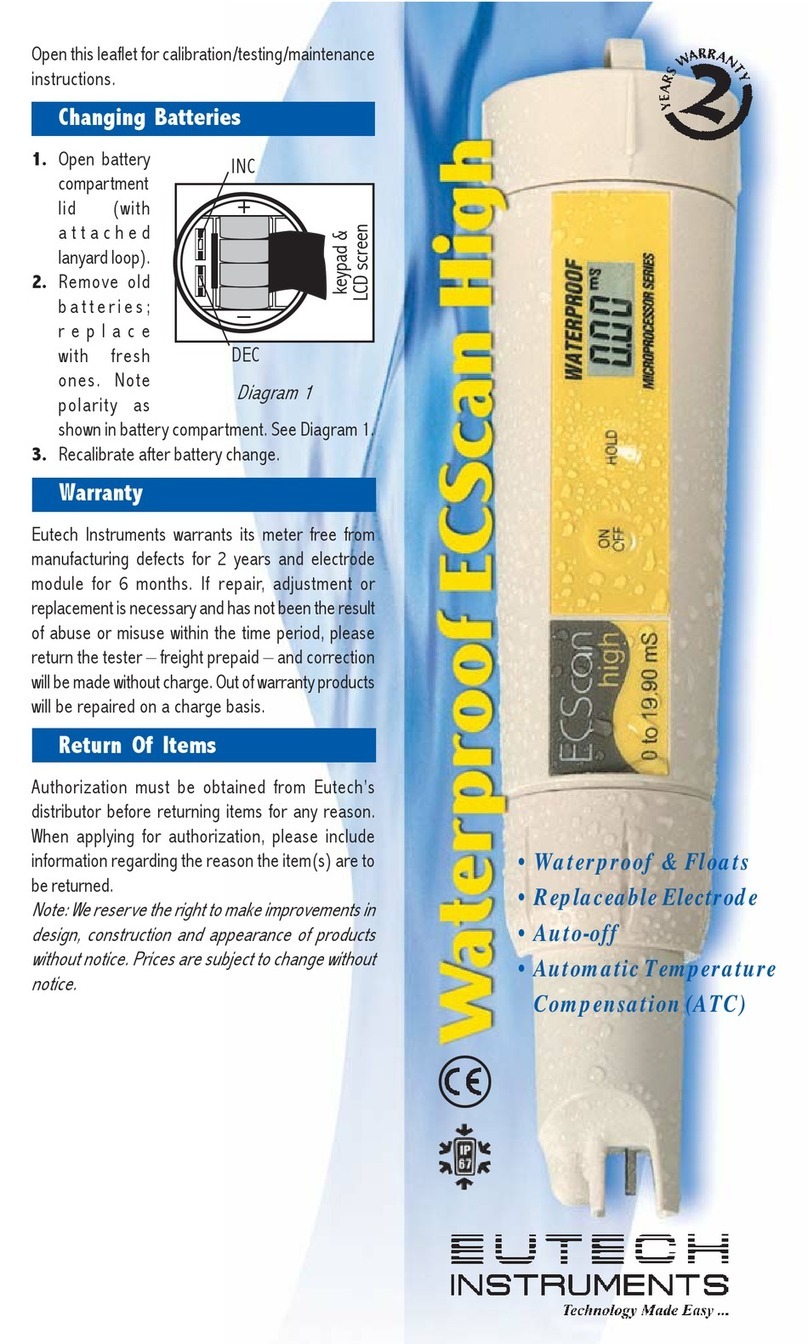
EUTECH INSTRUMENTS
EUTECH INSTRUMENTS HIGHLOW TDS TESTER manual
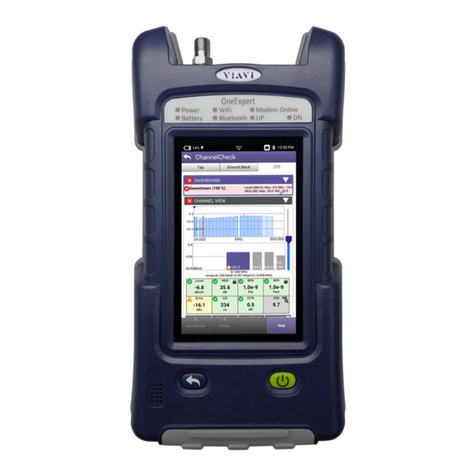
Viavi
Viavi ONX-220 quick start guide

Rohde & Schwarz
Rohde & Schwarz RTH1004MSO Getting started
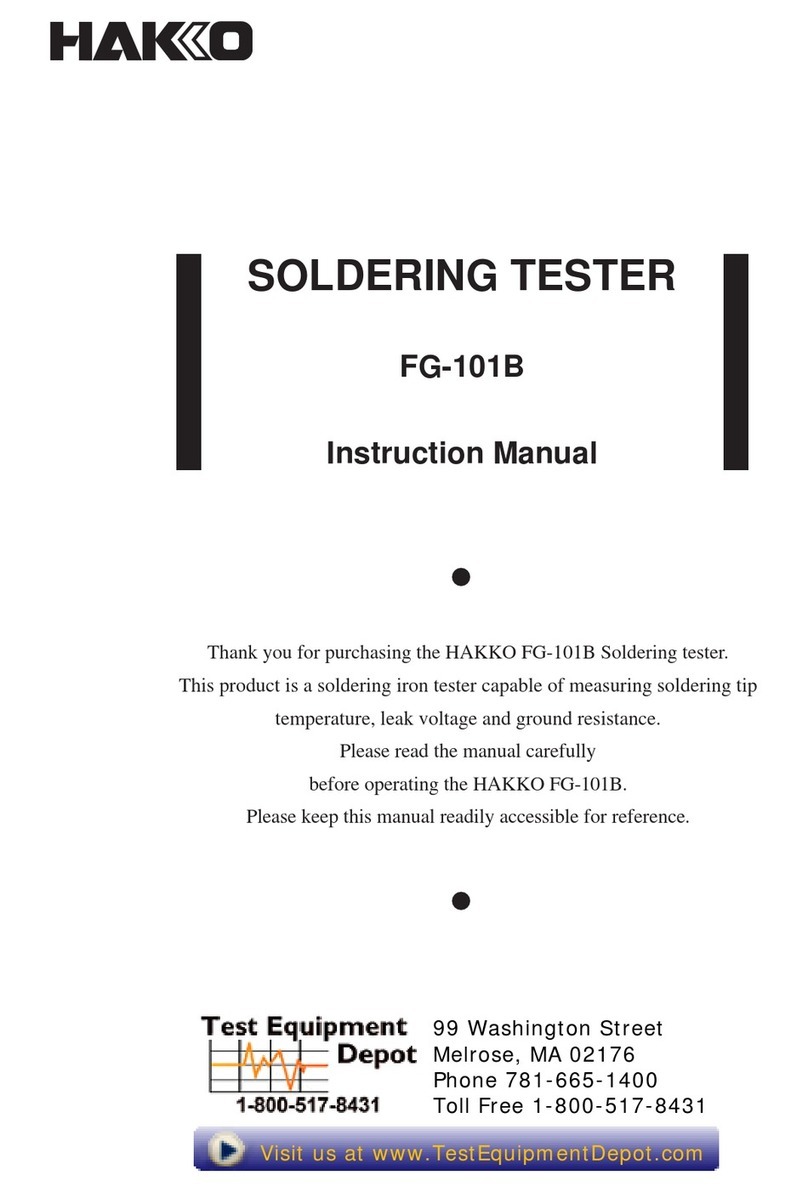
Hakko Electronics
Hakko Electronics FG101B-03 instruction manual
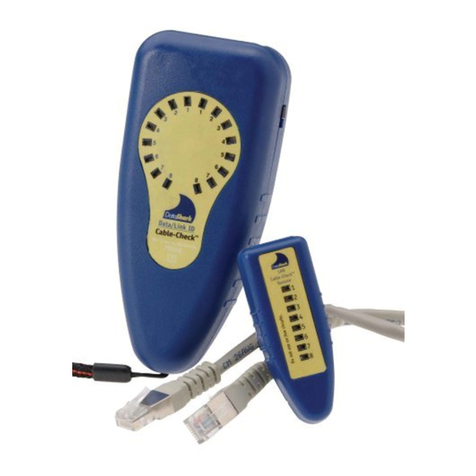
DataShark
DataShark Data/Link Cable-Check 70025 operating instructions
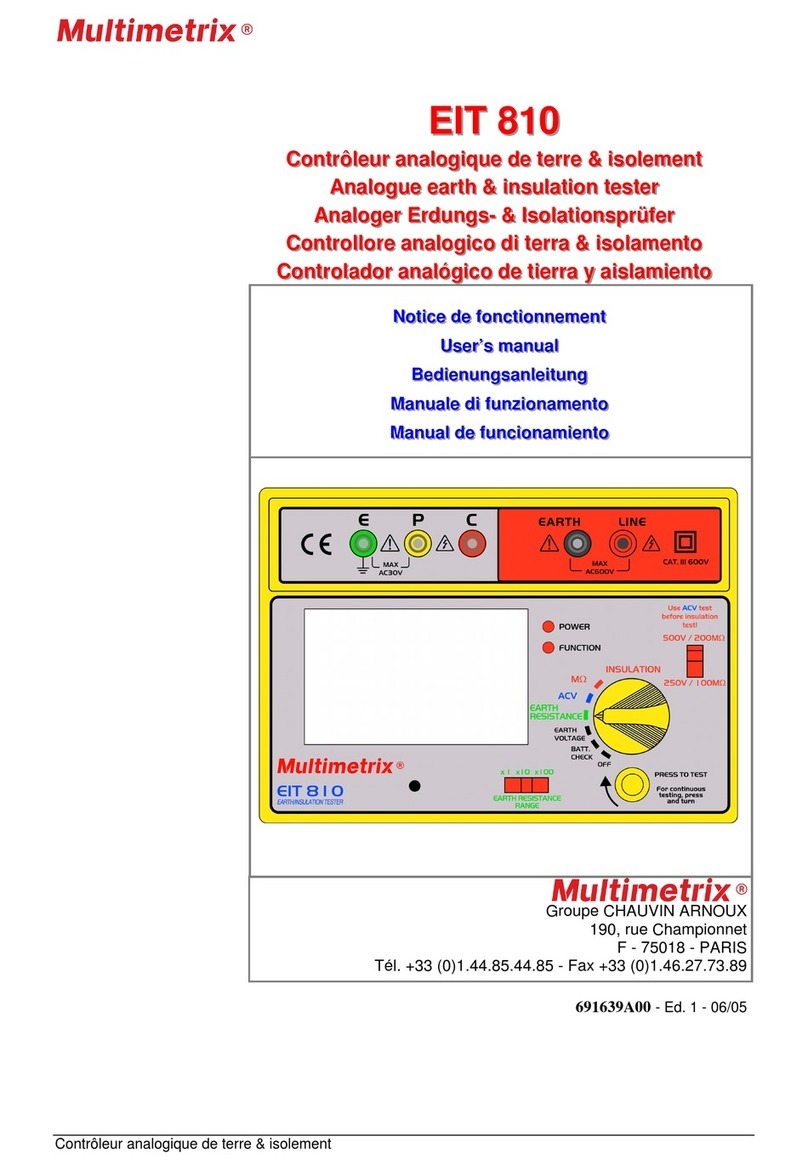
Multimetrix
Multimetrix EIIT 810 user manual
